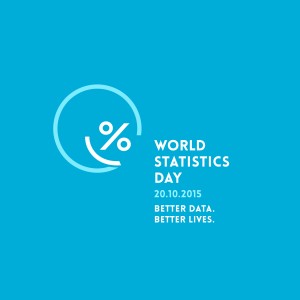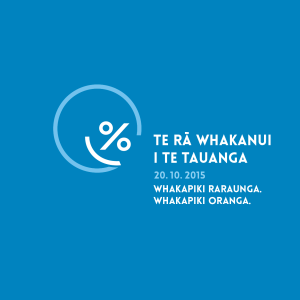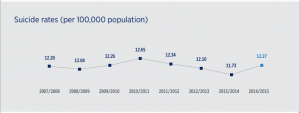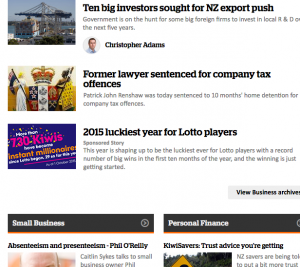The wine when it is red
Q: Are you going to have a glass of wine tonight?
A: You mean as a celebration?.
Q: No, because a glass of red wine has the same benefits as a gym session. The Herald story?
A: Yeah, nah.
Q: What part of “Red wine equal to a gym workout – study” don’t you understand?
A: How they got that from the research.
Q: Was this just correlations again?
A: No, it was a real experimental study.
Q: So I’m guessing you’re going to say “in mice”?
A: Effectively. It was in rats.
Q: They gave some rats red wine and made others do gym workouts?
A: No, there wasn’t any red wine.
Q: But the story… ah, I see. “A compound found in red wine”. They gave the rats this compound directly?
A: That’s right
Q: And the gym workouts?
A: Basically, yes. The rats did treadmill runs, though they don’t report that they had headphones on at the time.
Q: So the resveratrol group ended up fitter than the exercise group?
A: No, both groups got the workouts. The resveratrol plus exercise group ended up fitter than the group just getting exercise.
Q: So, really, it’s about a glass of red wine plus a gym workout, not instead of a gym workout? If it was people, not rats?
A: Well, not “a glass”.
Q: How many glasses?
A: The rats got 146mg resveratrol per kg of weight per day. One standard conversion rate is to divide by 7 to get mg/kg in humans: about 20. So for a 60kg person, that’s about 1200mg/day of resveratrol.
Q: How much is in a glass of wine?
A: It depends on the size, but at 5 glasses per bottle, maybe 0.3 mg
Q: So we might need bigger glasses, then.
A: At least you’ll get plenty of exercise lifting them.




Recent comments